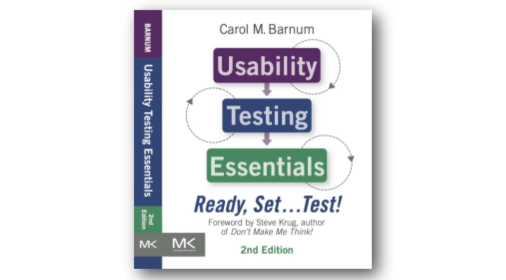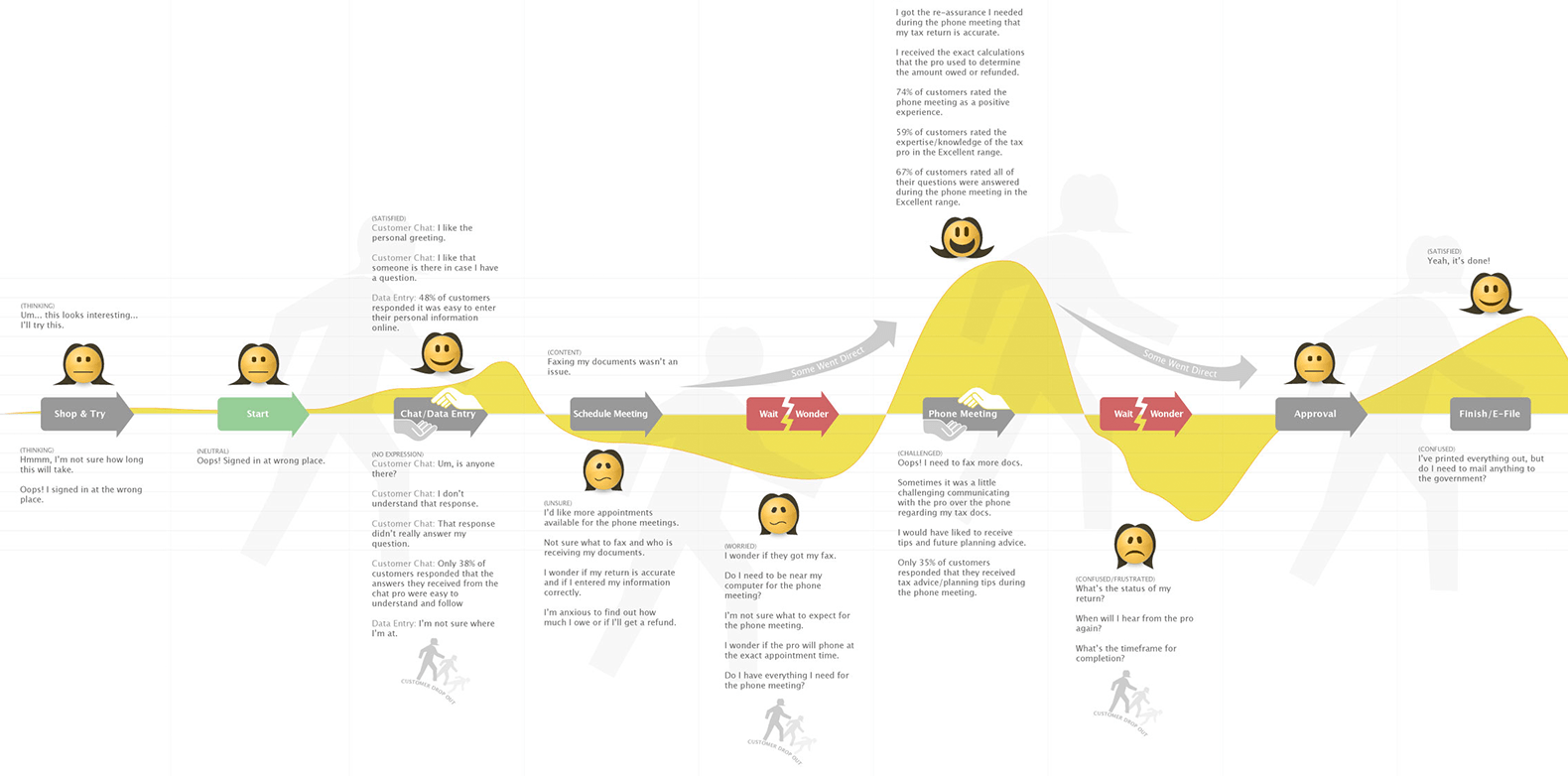Diary Studies
You can always learn a great deal about your users when you have them use your product over days or weeks
What is a diary study?
A diary study is a UX tool that provides user feedback over time. Because a diary study takes place over several days or several weeks, it is also called a longitudinal study. Unlike usability testing, which captures a user’s experience in a moment in time, a diary study presents the user’s experience from first-time use to increasing engagement with your product’s interface.
A traditional diary study engages users in writing down their experiences. These days, media is often incorporated into diary studies, in which users post videos or photos to show and tell what activity they are doing at the time.


Why is a diary study important?
A diary study provides insights into your user’s world. Unlike the artificial nature of a usability test, a diary study is set in the context of the places in which your user uses your product.
It’s important to understand the constraints on their context of use, and that’s what a diary study does. It also gives you feedback on how your users’ experience changes as they get to know your product over time, which reflects real-world use.
How can a diary study help your business?
Knowing what happens when your users engage with your product over time tells you if their experience gets better—or worse—with time and use. This insight into user experience can have a direct effect on reducing product returns, which often happens when buyers can’t figure out how to use your product after their initial attempt.
Equally important, a diary study tells you how your product interfaces with your user’s context of use, allowing you to address any adverse impacts in your interface design. And that’s good for business.

FAQ’s about Diary Studies
-
How is a diary study different from usability testing?
A diary study is a type of longitudinal research. The timeframe could be days, weeks, or longer. A usability study is a snapshot in time. The most common use of usability testing is to understand the user’s first-time exposure to the product.
In contrast, a diary study provides a way to understand the user’s experience from first-time exploration to in-depth experience. And it shows them using the product in their own natural settings.
-
When is the best time to do a diary study?
A diary study is most often used after a product has launched, or when it is at the Beta stage of development, which means it has enough robustness to allow users to engage with the product in real-world activities.
-
How do you set up a diary study?
Diary studies are primarily qualitative research, but specific questions can also be created to get scaled rating responses for quantitative analysis.
Mobile devices lend themselves very well to diary studies, as they are used by the target audience throughout the day.
One way to set up a diary study is to make it completely open-ended, asking participants to post comments about their use of the product every day or several times a week. However, most diary studies want to learn specific things about the users’ experience, so more structured prompts can focus on a particular type of feedback expected at specific times of day or after certain events.
What is an example of a diary study?

As part of a multi-phased research study of a new application to support students, teachers, and administrators in scheduling their time and tracking the status of in-school and after-school activities, UX Firm developed a diary study to learn how students used the application on their computer and on their mobile device as they moved through their day.
In setting up and administering the diary study, we sent prompts several times a week over a 2-week period to get responses based on activities students were engaged in while using the application. We suggested that they share photos and videos to show us where they were when they were doing the activity.
We collated all the findings and categorized them into themes that we presented to the development team, which provided a rich picture of the ways in which the application was being used.
A diary study provides day-in-the-life insights about your users and your product.
Related Diary Study Resources
Size Matters.
We are a small, boutique UX consultancy.
That means you work directly with the top UX experts.
We are with you every step of the way.




